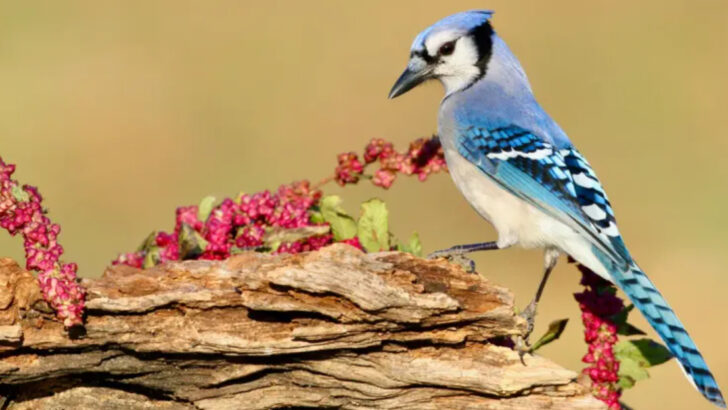Blue jays don’t just show up—they make an entrance.
With that electric blue plumage and a call that cuts through the quiet like a siren, these birds demand attention. They’re bold, they’re loud, and they’re not afraid to ruffle a few feathers.
Some call them backyard bullies. Others call them geniuses in disguise. Either way, blue jays are unforgettable.
They mimic hawks, stash acorns like treasure, and strut around like they own the place—because honestly, they kind of do.
It’s no wonder bird lovers across the country are obsessed. From their fierce loyalty to their wild antics, there’s a lot more to the blue jay than meets the eye.
Here are 10 reasons this flashy troublemaker has captured America’s heart.
Intelligent Communicators
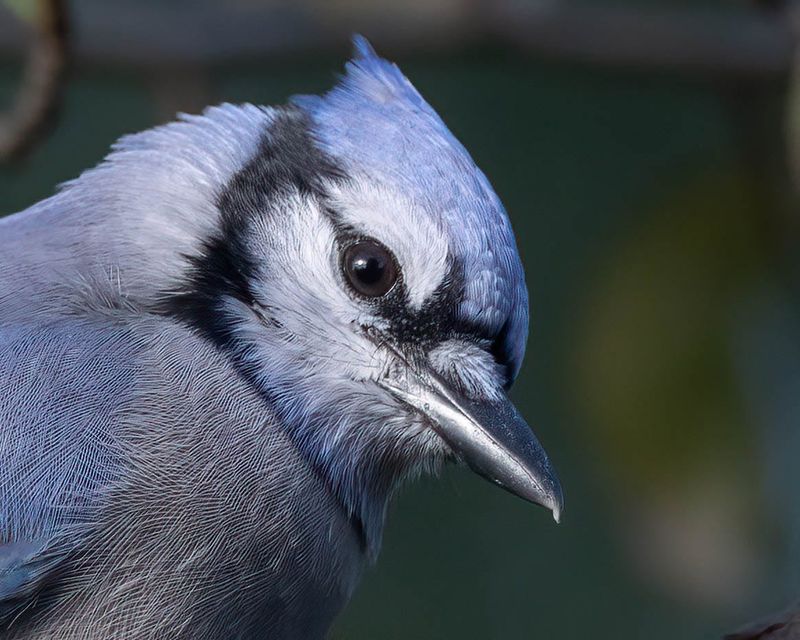
Blue jays are renowned for their intelligence and ability to mimic other birds’ calls. This talent isn’t just for show; it serves as a sophisticated communication tool. Their vocal versatility allows them to convey warnings or mimic predators to protect their territory. With over 20 documented calls, their repertoire is impressive.
These vocalizations demonstrate a complex social structure and deep understanding of their environment. The blue jay’s intelligence extends beyond communication; they are also known for their problem-solving skills and adaptability in various habitats.
Majestic Plumage
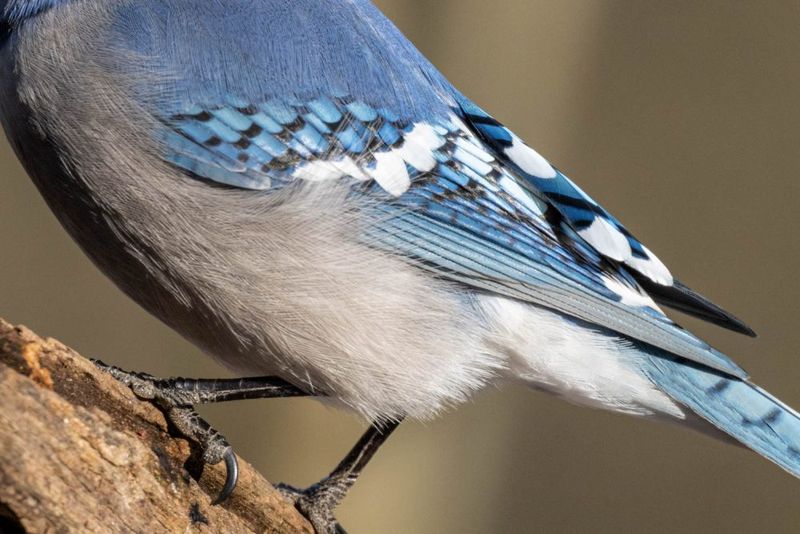
The blue jay’s vibrant plumage is a visual delight, making them easily recognizable. Their feathers, although not truly blue, create the illusion through light scattering. This optical magic is due to the structure of the feathers, which refract light.
In sunlight, their feathers gleam with iridescent shades of blue and white, capturing the essence of nature’s beauty. This unique coloration not only attracts mates but also plays a role in social interactions. The blue jay’s majestic appearance is truly a sight to cherish.
Crafty Problem Solvers
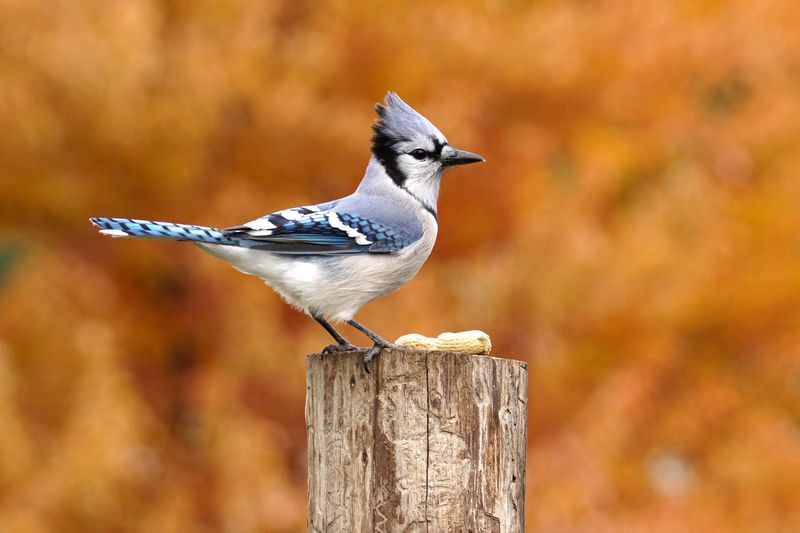
Known for their crafty problem-solving abilities, blue jays often surprise observers with their ingenuity. They are adept at finding solutions to access food sources, like figuring out complex bird feeders. This cleverness is a testament to their adaptability and intelligence.
Their resourcefulness ensures they thrive in a variety of environments, from backyards to dense forests. By using tools and learning from their surroundings, blue jays continue to fascinate bird watchers and researchers alike. Their ability to adapt and innovate is nothing short of remarkable.
Social Butterflies
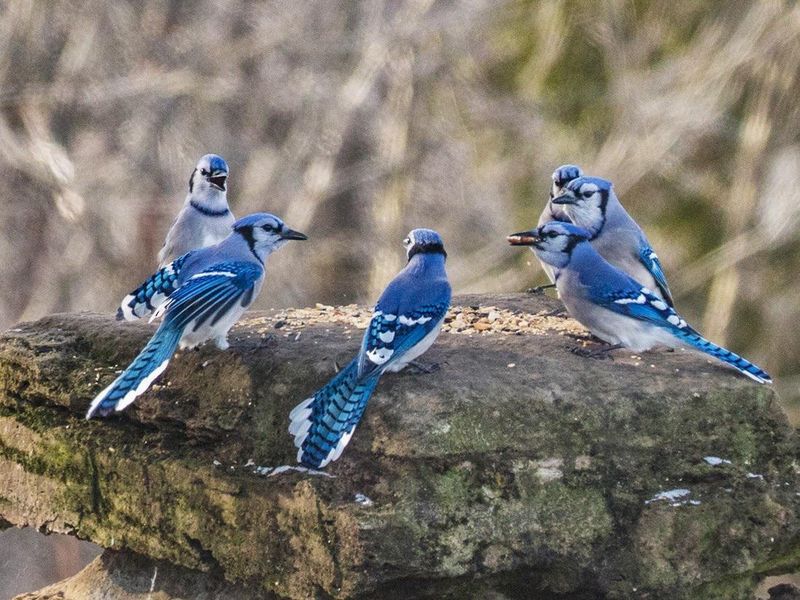
Blue jays are highly social creatures, often seen in groups called ‘bands.’ These gatherings are not just for socializing; they play a crucial role in their survival. By flocking together, they can warn each other of predators and find food more efficiently.
Their social behavior is a fascinating aspect of their lives, contributing to their charm. Observing a group of blue jays is like watching a well-coordinated team, each member playing a part in their community’s success. Their sociability makes them intriguing subjects in the avian world.
Loyal Mates
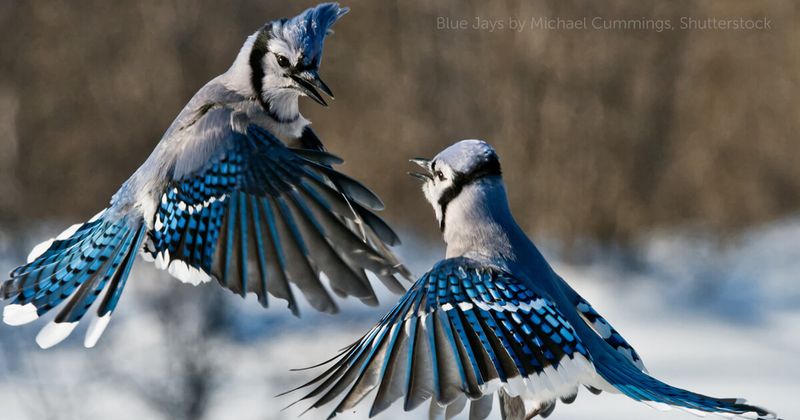
Blue jays are known for forming strong, monogamous bonds with their mates. These loyal pairs work together to build nests and raise their young. Their cooperative behavior extends beyond nesting, as they often forage together and share responsibilities.
This partnership is a testament to their commitment and teamwork, making them admirable creatures in the animal kingdom. Their enduring relationships offer insights into avian monogamy and social structures, further endearing them to observers.
Resourceful Urban Dwellers
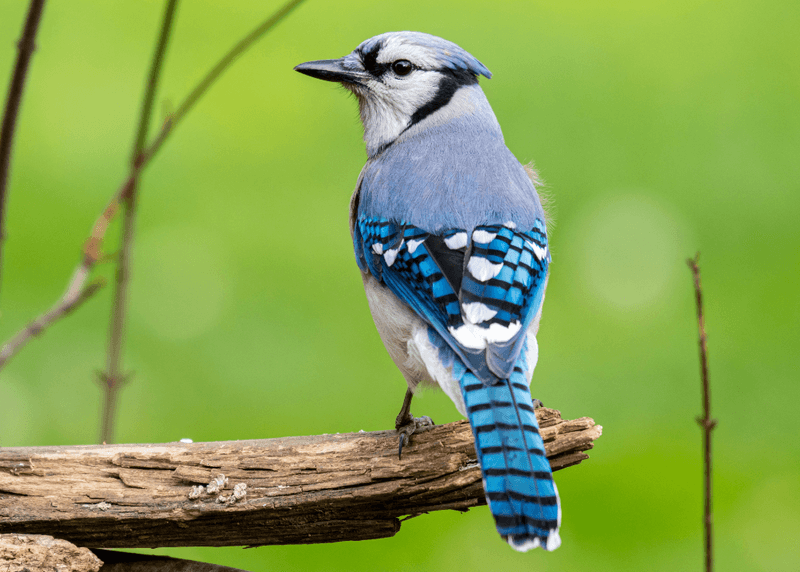
Blue jays have adapted remarkably well to urban environments, showcasing their resourcefulness. They are frequently seen foraging in city parks, gardens, and even on balconies. This adaptability allows them to thrive alongside humans, finding innovative ways to access food and nesting sites.
Their presence in urban areas provides a connection to nature for city dwellers, making them a beloved sight. Their ability to integrate into human environments highlights their resilience and versatility.
Feathered Performers
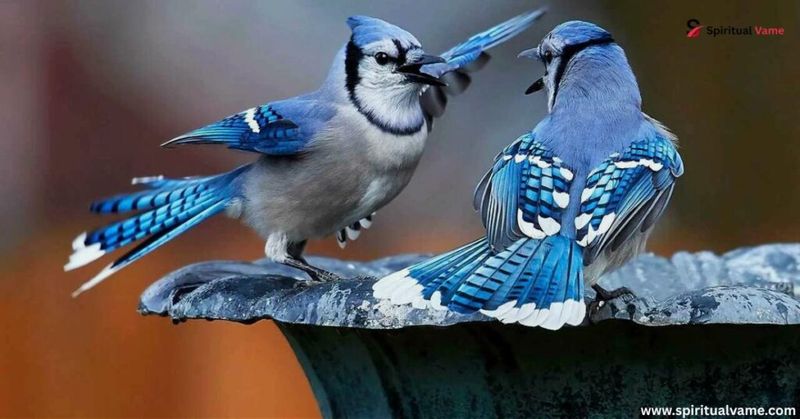
With their playful antics and vibrant displays, blue jays are natural performers. They engage in playful behaviors, such as hopping and dancing, which endear them to onlookers. These performances are not just for entertainment; they play a role in courtship and social interactions.
The blue jay’s energetic displays reflect a lively spirit and a zest for life. Watching them play is a delightful experience, adding joy to any birdwatcher’s day.
Guardians of the Forest
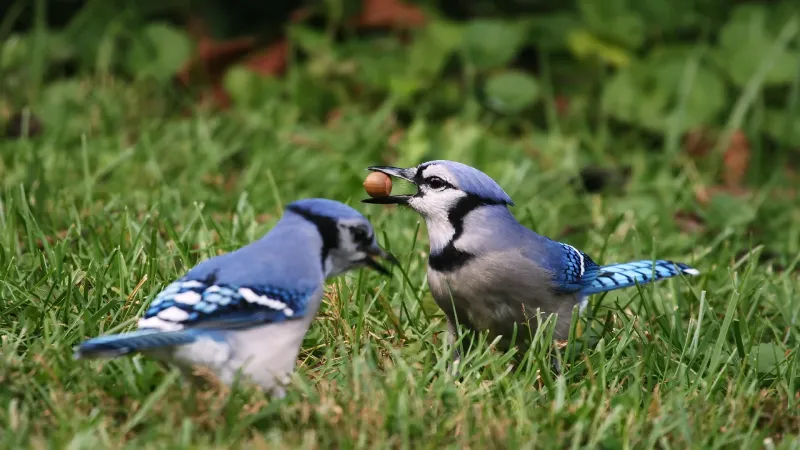
Blue jays play a vital role in their ecosystems as forest guardians. Their keen eyesight and alertness make them excellent sentinels, alerting other animals to danger. This protective behavior is crucial for maintaining the balance of their habitats.
Their calls can signal the presence of predators, providing a warning system for other birds and mammals. This aspect of their behavior highlights their importance beyond their striking appearance.
Natural Seed Dispersers
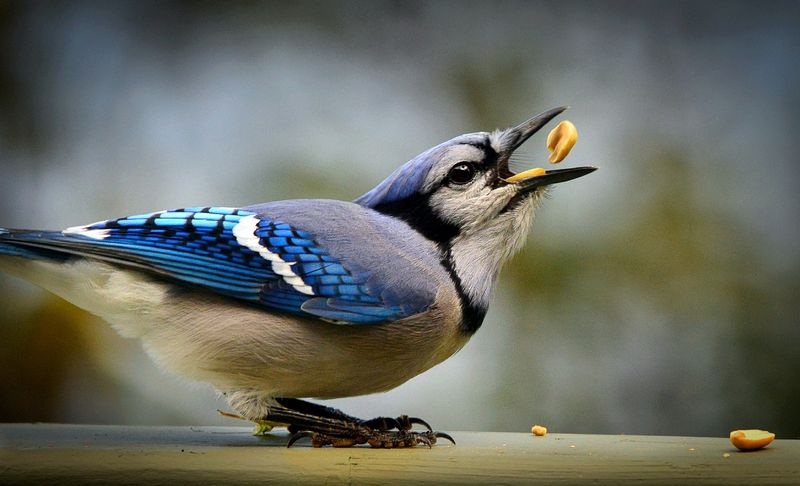
Blue jays contribute to forest regeneration through seed dispersal. They collect and bury seeds, including acorns, which may later sprout into new trees. This behavior supports forest growth and biodiversity.
Their role as seed dispersers is an essential ecological function, aiding in the propagation of oak trees and other species. This contribution to their ecosystems underscores the blue jay’s significance in maintaining natural habitats.
Symbol of Beauty and Strength
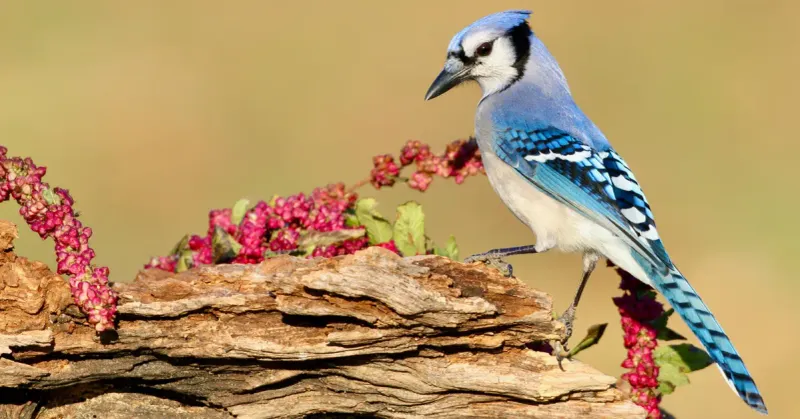
The blue jay is more than just a bird; it’s a symbol of beauty and strength. Its striking appearance and confident demeanor embody qualities admired by many. This symbolism extends to cultural representations, where the blue jay often symbolizes resilience and clarity.
Admired for their boldness and adaptability, blue jays inspire awe and respect. Their presence serves as a reminder of nature’s artistry and the profound impact of even the smallest creatures in our world.

